Genus Phalacrocorax Higher classification Phalacrocorax | Rank Species | |
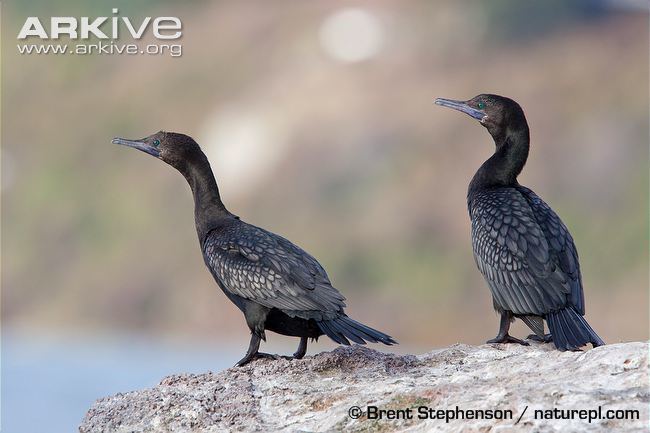 | ||
Scientific name Phalacrocorax sulcirostris Similar cormorant, Bird, little pied cormorant, Australian pied cormorant, Phalacrocorax | ||
Snake like birds little black cormorants
The little black cormorant (Phalacrocorax sulcirostris) is a member of the cormorant family of seabirds. It is common in smaller rivers and lakes throughout most areas of Australia and northern New Zealand, where it is known as the little black shag. It is around sixty centimetres long, and is all black with blue-green eyes.
Contents
- Snake like birds little black cormorants
- Taxonomy
- Description
- Distribution and habitat
- Feeding
- Behaviour
- Breeding
- References
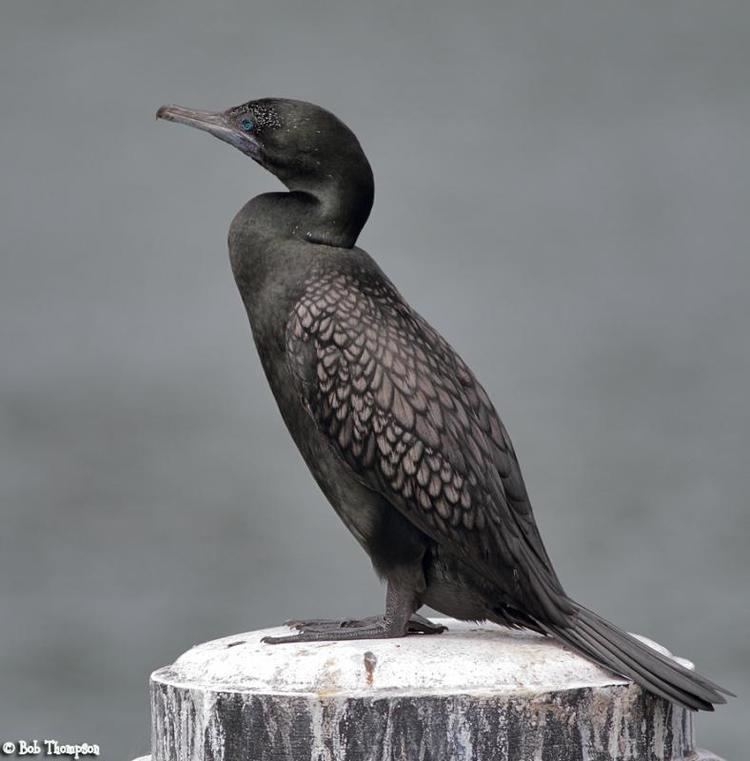
Taxonomy

The little black cormorant was originally described by Johann Friedrich von Brandt in 1837. Its specific epithet is derived from the Latin words sulcus "groove", and rostrum "bill". The common name in New Zealand is the little black shag.
Description

The little black cormorant is a small cormorant measuring 60–65 cm (23.5–25.5 in) with all black plumage. The back has a greenish sheen. In breeding season, white feathers appear irregularly about the head and neck, with a whitish eyebrow evident. The plumage is a more fade brown afterwards. Males and females are identical in plumage. The long slender bill is grey, and legs and feet black. The iris of the adult is green and the juvenile brown. Immature birds have brown and black plumage.
Distribution and habitat
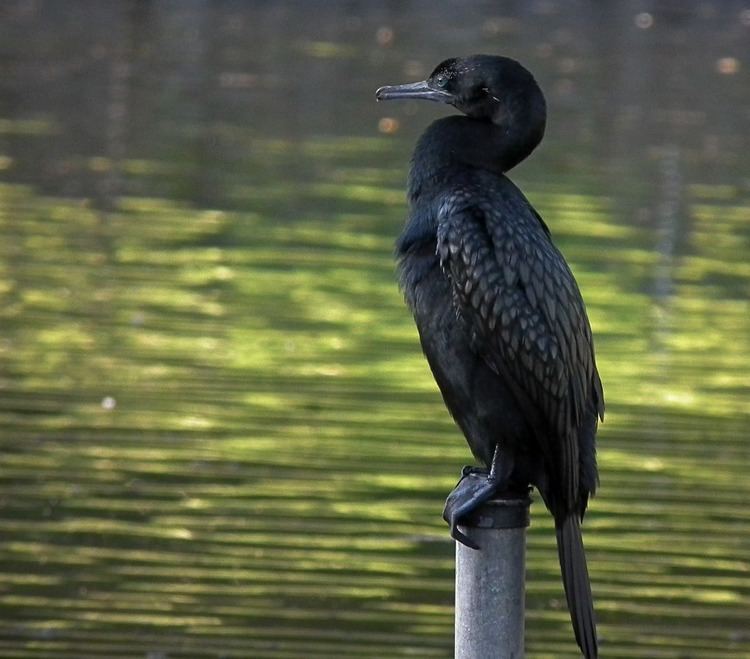
The little black cormorant ranges from the Malay Peninsula through Indonesia (but excluding Sumatra) and New Guinea (including the D'Entrecasteaux Islands) and throughout Australia. It is found in New Zealand's North Island. It is a predominantly freshwater species, found in bodies of water inland and occasionally sheltered coastal areas. It is almost always encountered in or near water.
Feeding
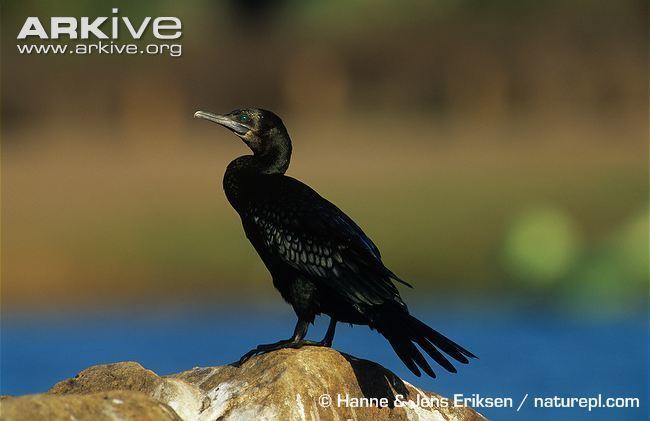
The little black cormorant feeds mainly on fish, and eats a higher proportion of fish than the frequently co-occurring little pied cormorant, which eats more decapods. A field study at two storage lakes, Lake Cargelligo and Lake Brewster, in south-western New South Wales found that the introduced common carp made up over half of its food intake.
Behaviour
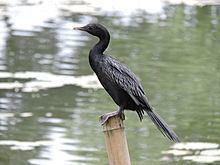
More gregarious than other cormorants, the little black cormorant can be found in large flocks. Groups sometimes fly in V formations.
Breeding

Breeding occurs once a year in spring or autumn in southern Australia, and before or after the monsoon in tropical regions. The nest is a small platform built of dried branches and sticks in the forks of trees that are standing in water. Nests are often located near other waterbirds such as other cormorants, herons, ibis, or spoonbills. Three to five (rarely six or seven) pale blue oval eggs measuring 48 x 32 mm are laid. The eggs are covered with a thin layer of lime, giving them a matte white coated appearance. They become increasingly stained with faeces, as does the nest, over the duration of the breeding season.

